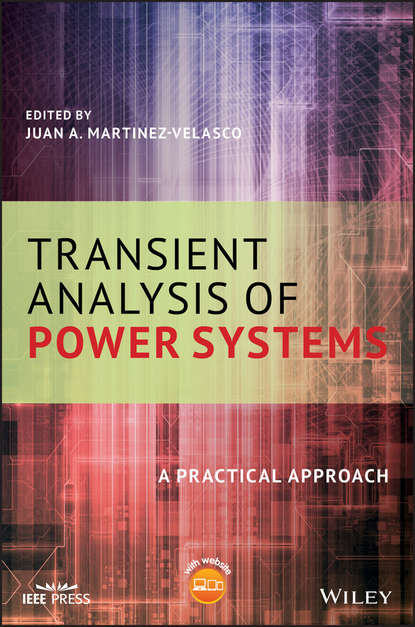Литий-ионные аккумуляторы появились сравнительно недавно по сравнению со свинцово-кислотными или никель-кадмиевыми аккумуляторами, которые используются уже более 100 лет. Тем не менее, за 20 лет они завоевали значительную долю рынка, особенно в области питания мобильных устройств. Потенциал литий-ионных аккумуляторов далеко не исчерпан, и в ближайшие годы их характеристики будут продолжать совершенствоваться. Для крупных систем накопления энергии интерес представляют и другие типы аккумуляторов: высокотемпературные и редокс-флоу системы.
В книге сначала показано разнообразие применений вторичных аккумуляторов и основные требования к их характеристикам для аккумулирования энергии. После глав, посвященных определениям, методам измерений, используемым в области электрохимических накопителей, и примерам применения батарей, основное внимание уделено относительно недавно разработанным (конец 20 века) и внедряемым в производство аккумуляторам, а также перспективным системам хранения энергии. Особое внимание уделено стремительно развивающимся литий-ионным технологиям с их многообразием направлений исследований.
Электронная Книга «Lithium Batteries and other Electrochemical Storage Systems - Christian Glaize» написана автором Christian Glaize в году.
Минимальный возраст читателя: 0
Язык: Английский
ISBN: 9781118761144
Описание книги от Christian Glaize
Lithium batteries were introduced relatively recently in comparison to lead- or nickel-based batteries, which have been around for over 100 years. Nevertheless, in the space of 20 years, they have acquired a considerable market share – particularly for the supply of mobile devices. We are still a long way from exhausting the possibilities that they offer. Numerous projects will undoubtedly further improve their performances in the years to come. For large-scale storage systems, other types of batteries are also worthy of consideration: hot batteries and redox flow systems, for example. This book begins by showing the diversity of applications for secondary batteries and the main characteristics required of them in terms of storage. After a chapter presenting the definitions and measuring methods used in the world of electrochemical storage, and another that gives examples of the applications of batteries, the remainder of this book is given over to describing the batteries developed recently (end of the 20th Century) which are now being commercialized, as well as those with a bright future. The authors also touch upon the increasingly rapid evolution of the technologies, particularly regarding lithium batteries, for which the avenues of research are extremely varied. Contents Part 1. Storage Requirements Characteristics of Secondary Batteries Examples of Use 1. Breakdown of Storage Requirements. 2. Definitions and Measuring Methods. 3. Practical Examples Using Electrochemical Storage. Part 2. Lithium Batteries 4. Introduction to Lithium Batteries. 5. The Basic Elements in Lithium-ion Batteries: Electrodes, Electrolytes and Collectors. 6. Usual Lithium-ion Batteries. 7. Present and Future Developments Regarding Lithium-ion Batteries. 8. Lithium-Metal Polymer Batteries. 9. Lithium-Sulfur Batteries. 10. Lithium-Air Batteries. 11. Lithium Resources. Part 3. Other Types of Batteries 12. Other Types of Batteries. About the Authors Christian Glaize is Professor at the University of Montpellier, France. He is also Researcher in the Materials and Energy Group (GEM) of the Institute for Electronics (IES), France. Sylvie Geniès is a project manager at the French Alternative Energies and Atomic Energy Commission (Commissariat à l’Energie Atomique et aux Energies Alternatives) in Grenoble, France.



















